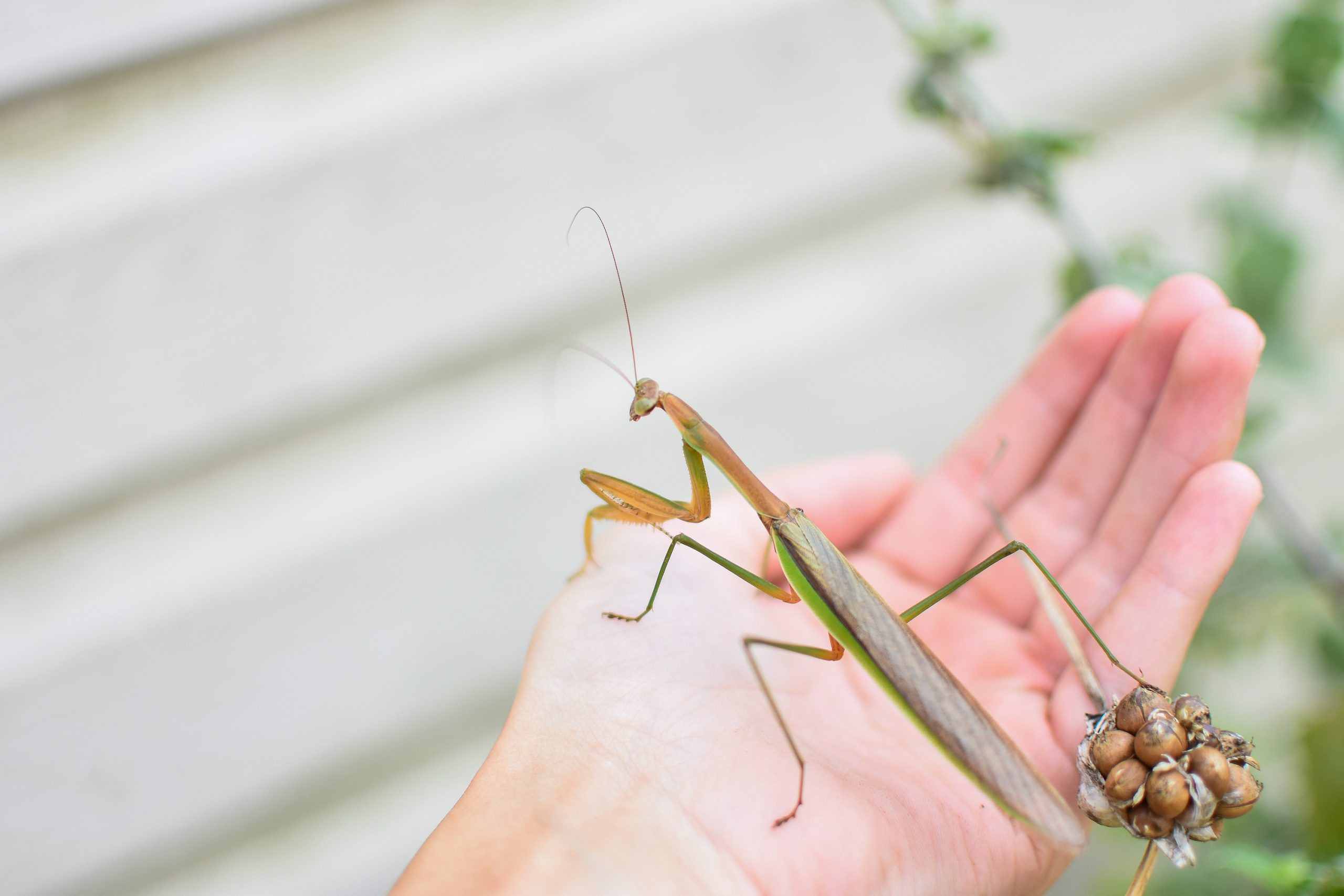Admissions Open for 2024-2025 School Year – Inquire Here!
As many at the Fleetwood Campus are aware, I prefer to view life through the lens of the praying mantis, a passion of mine. The praying mantis? What? An insect? But of course! As I observe a still ootheca (mantid egg case) lay dormant for what seems like months, eventually tiny mantis nymphs emerge taking on life.

We are well into spring and new life is all around us. It is usually at this time we experience encouragement through an emerging butterfly or the chirp of newly hatched birds; reminding us of the promise of new life.
As many at the Fleetwood Campus are aware, I prefer to view life through the lens of the praying mantis, a passion of mine. The praying mantis? What? An insect? But of course! As I observe a still ootheca (mantid egg case) lay dormant for what seems like months, eventually tiny mantis nymphs emerge taking on life. Before hatching, the Chinese praying mantis goes through a period of diapause. It doesn’t appear anything is happening or changing from within the egg case – it’s just ‘stuck’ in a stage of suspended development. Yet, after a period of time, life emerges; tiny mantids surface from the egg case, holding onto their shedding exoskeleton as they harden and begin their life outside of the egg’s safety. The praying mantis goes through many molts in its short lifespan, each a little trickier to get through—some molts even leave scars—but when complete a beautiful, brighter, larger, and more powerful mantis will emerge. It’s fragile at first, yet in time, it will be stronger, better equipped to face insect challenges and more confident in its surroundings. How strikingly similar to the life we live!
The praying mantis goes through many molts in its short lifespan, each a little trickier to get through—some molts even leave scars—but when complete a beautiful, brighter, larger, and more powerful mantis will emerge. It’s fragile at first, yet in time, it will be stronger, better equipped to face insect challenges and more confident in its surroundings. How strikingly similar to the life we live!
When I experience moments of stress and letdowns in my own life, or periods of deep trials, struggles and painful journeys, there seems to be a ‘molt’ that takes place afterward. As I shed the ‘exoskeleton’ of past trials, sin, letdowns, etc., I am held by my heavenly Father who helps me safely emerge and in the end, makes me stronger.
I’ve been through many molts – countless. I make it out of some of them without much hardship; some have left me a little misshapen and scarred – but all have helped me grow.
Perhaps you can relate. Perhaps you have faced or are facing a ‘molt’; a change in direction, a healing, a step towards being set free of something, or the mending of a hurting heart. Or maybe, like myself at times, you are facing diapause; nothing seems to be changing, growing – we feel simply…stuck. Isn’t it amazing though, just as God allows the butterfly to emerge, the sparrow to safely land, and the mantis to emerge again and again and again, He allows us to transform within His care. When we place our hope in Jesus, each moment of diapause or transformation is handled with care – and in the end, we are stronger for it.
It may just be an insect, but if the God of all creation can allow the mantis to be transformed multiple times during its life journey, surely I can trust Him to walk me safely through the transformations in my own life.
By Victoria Hunt, Director of Early Learning